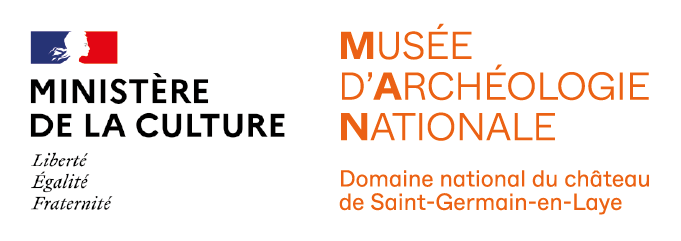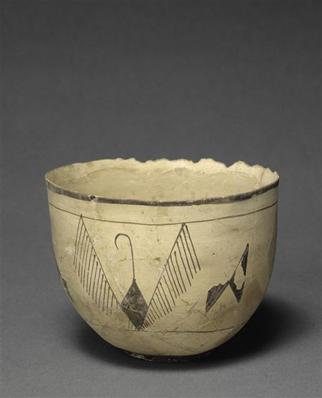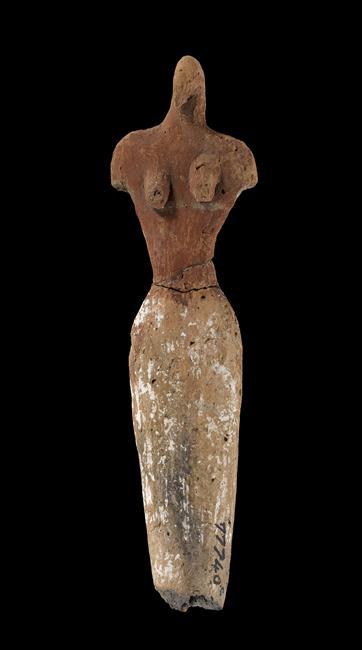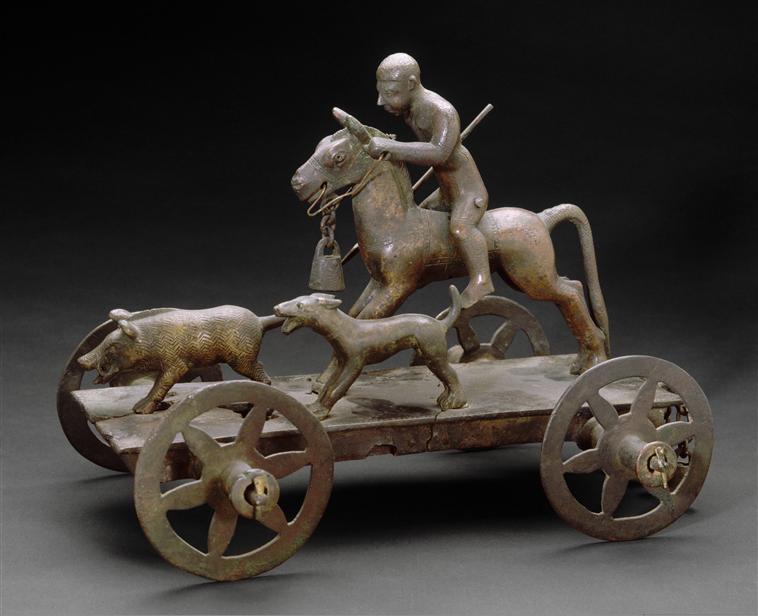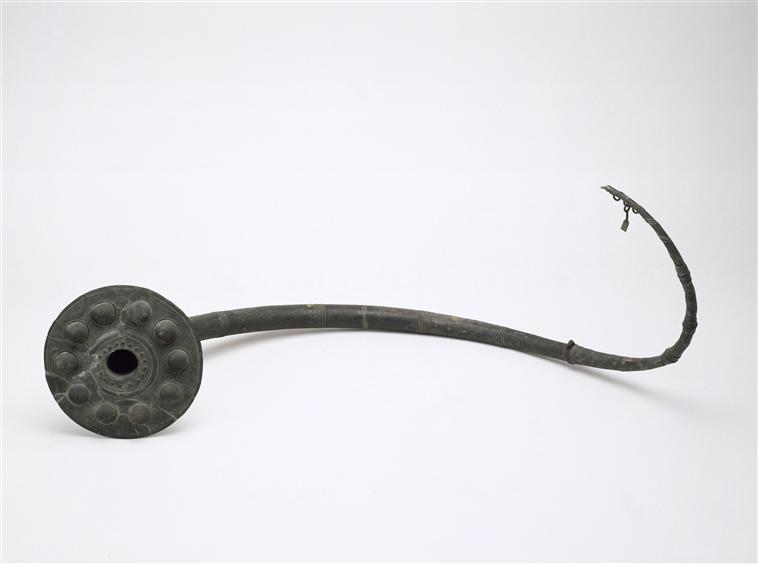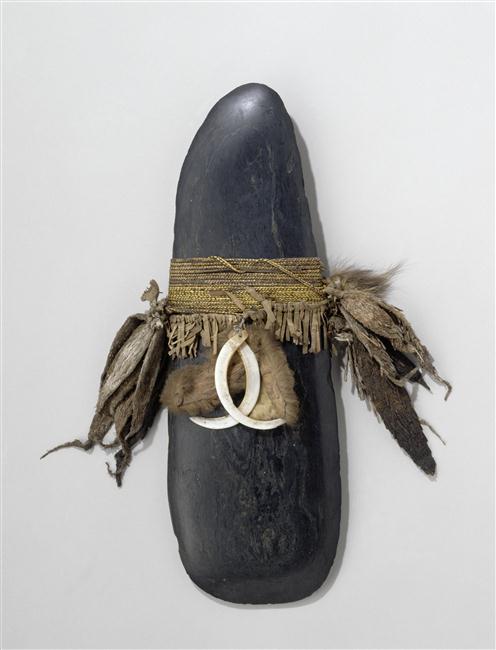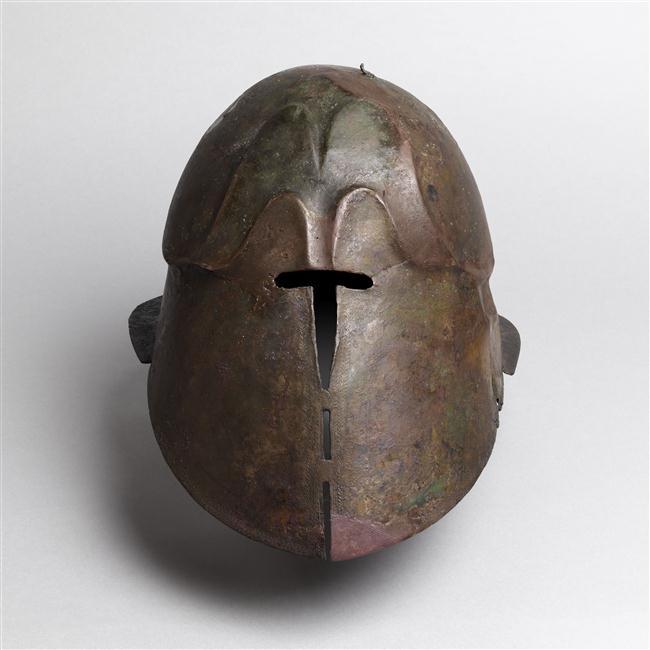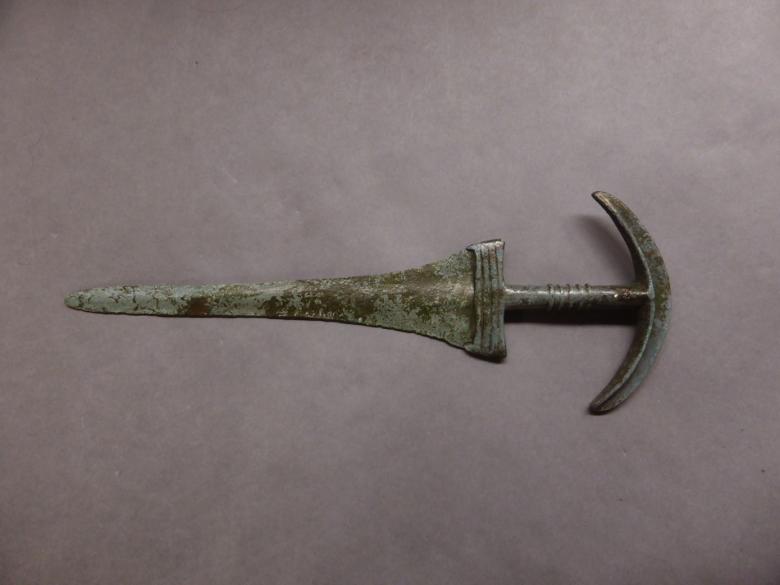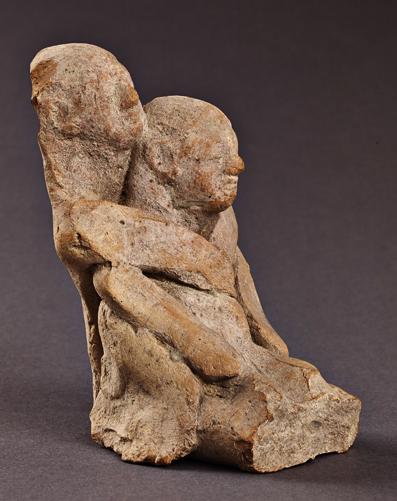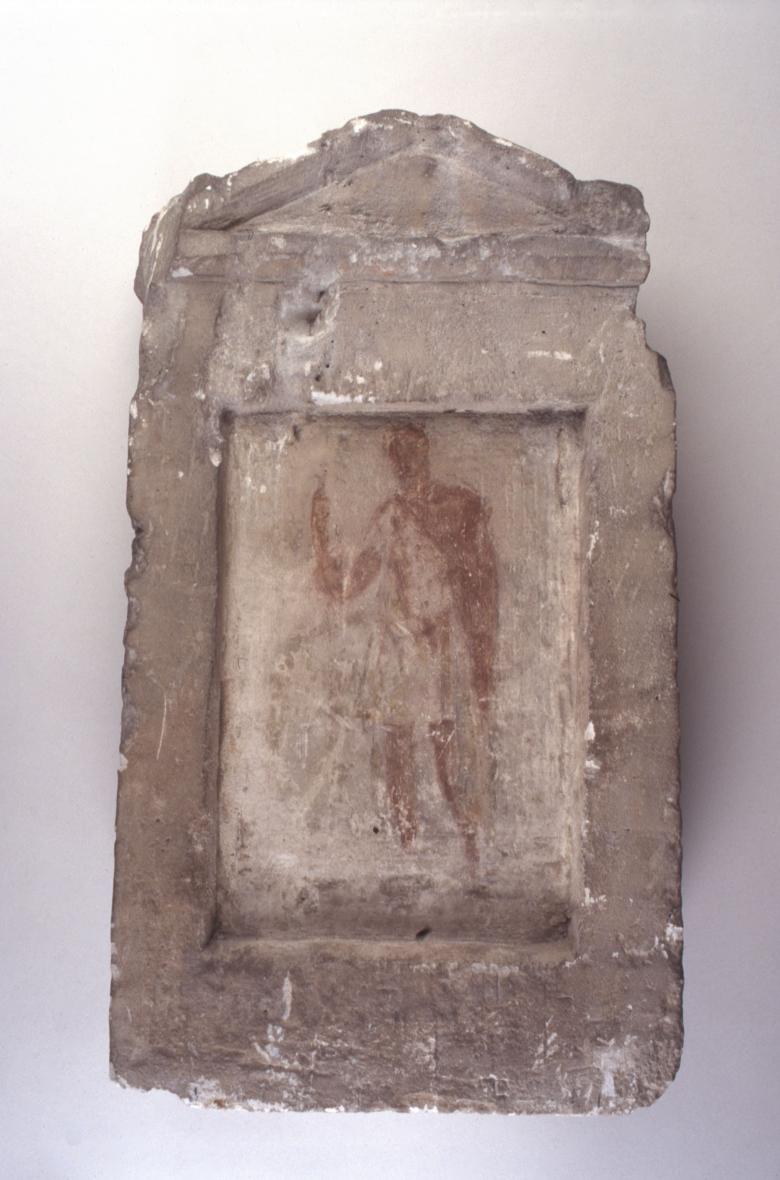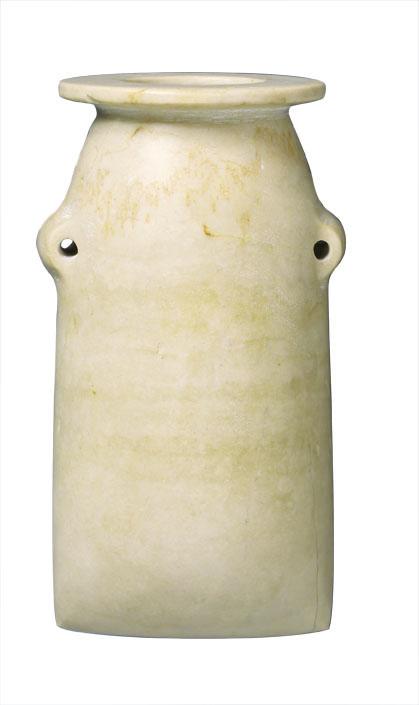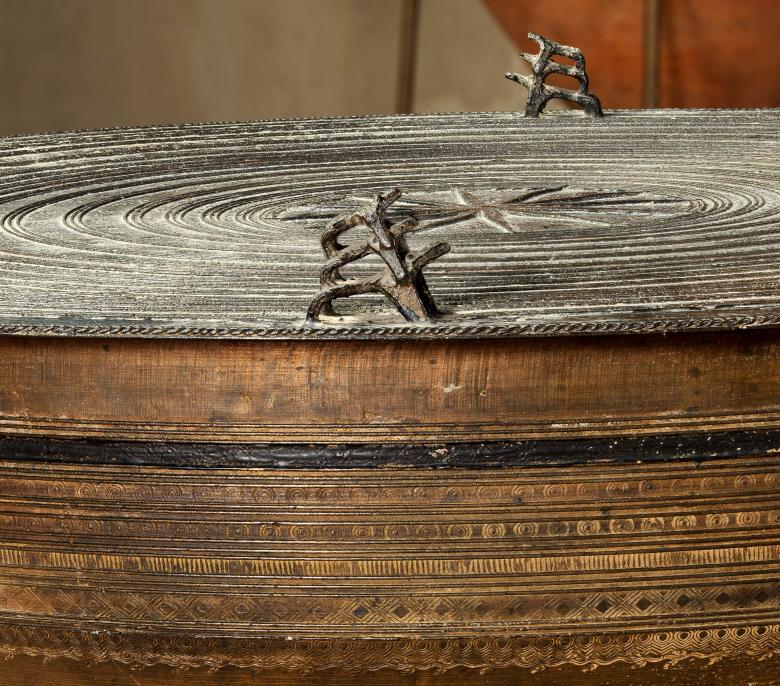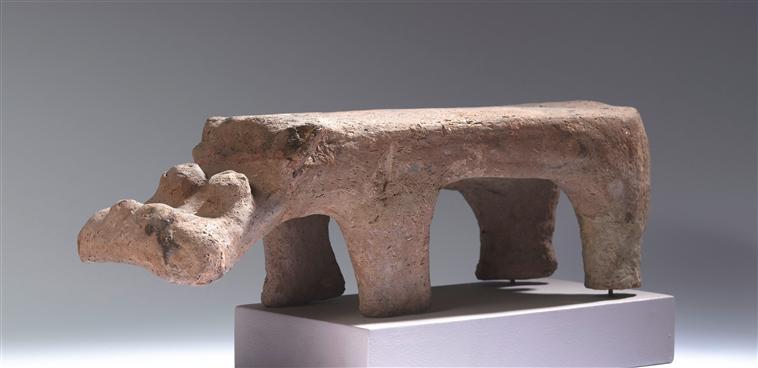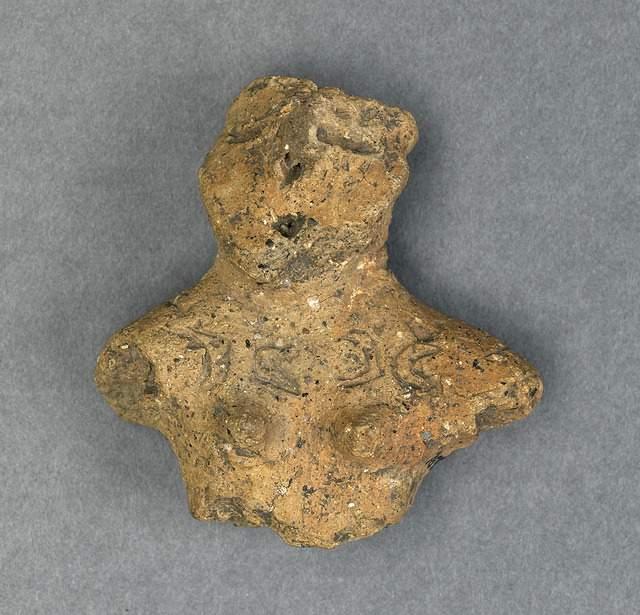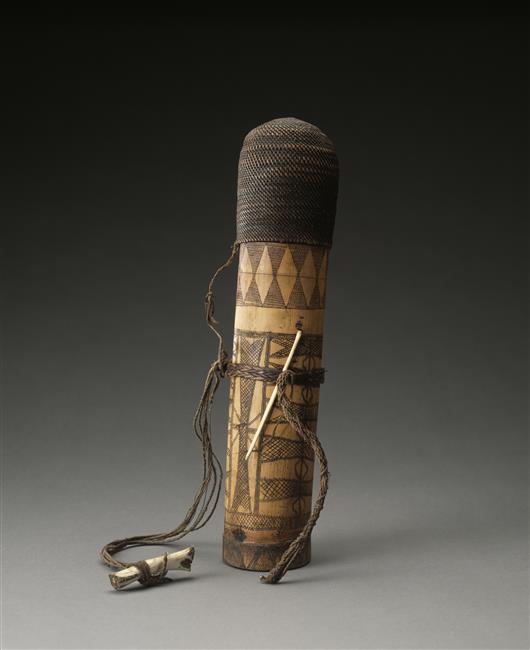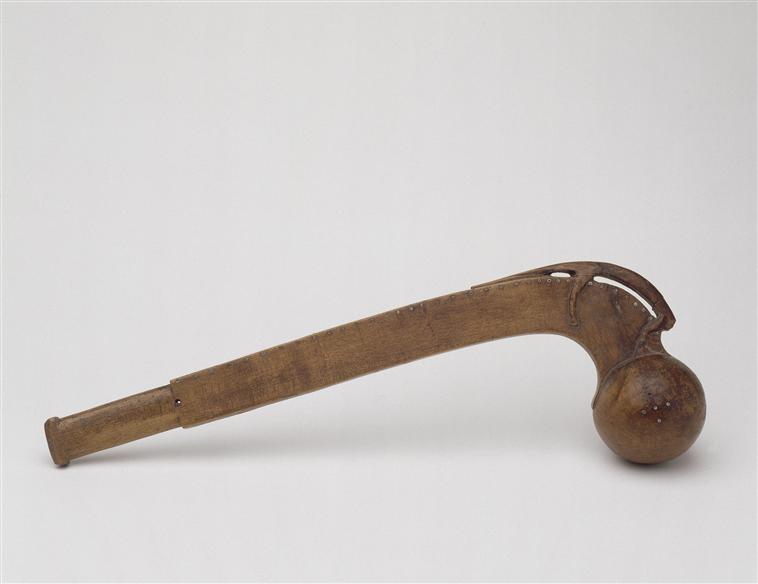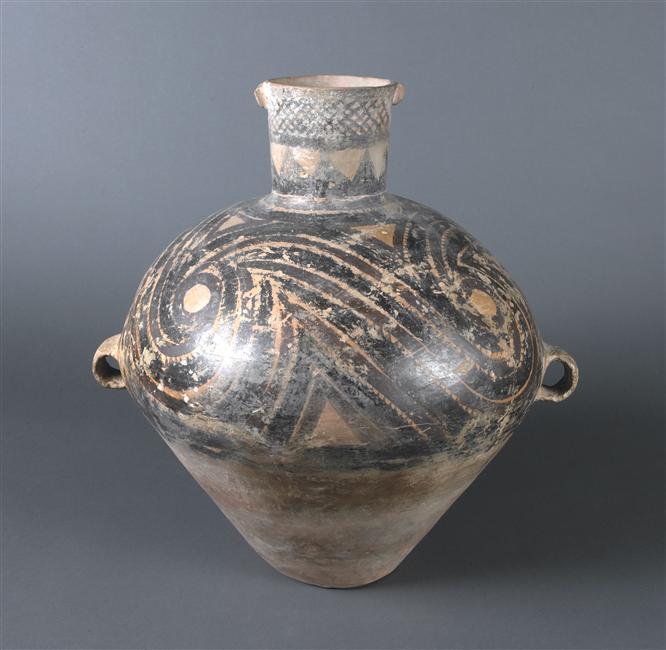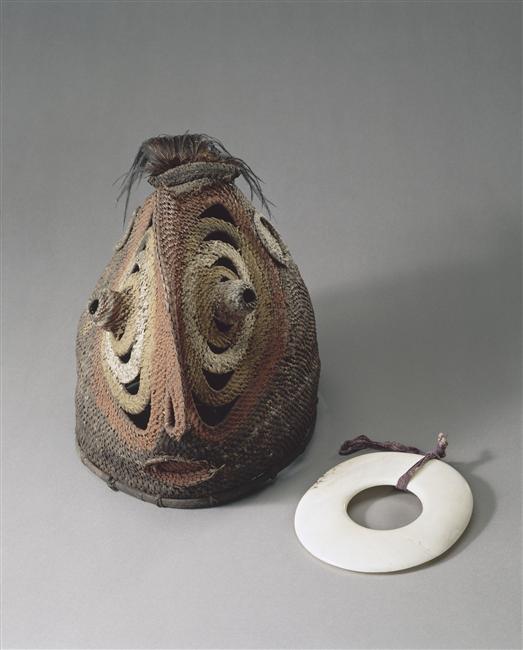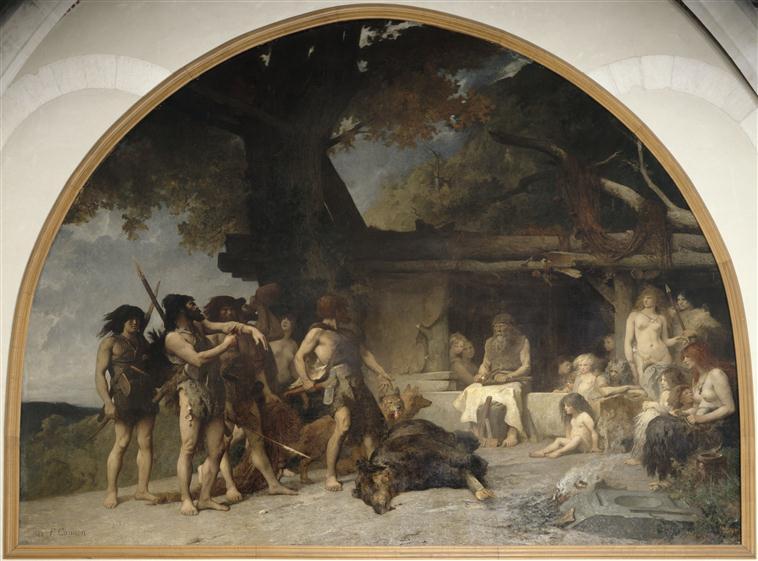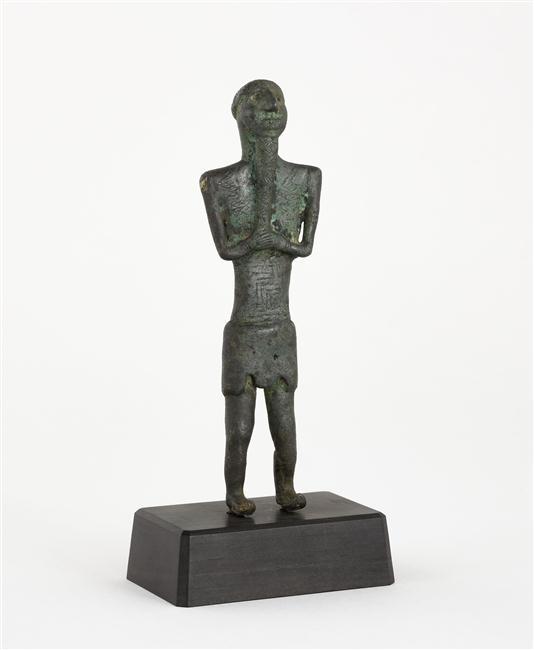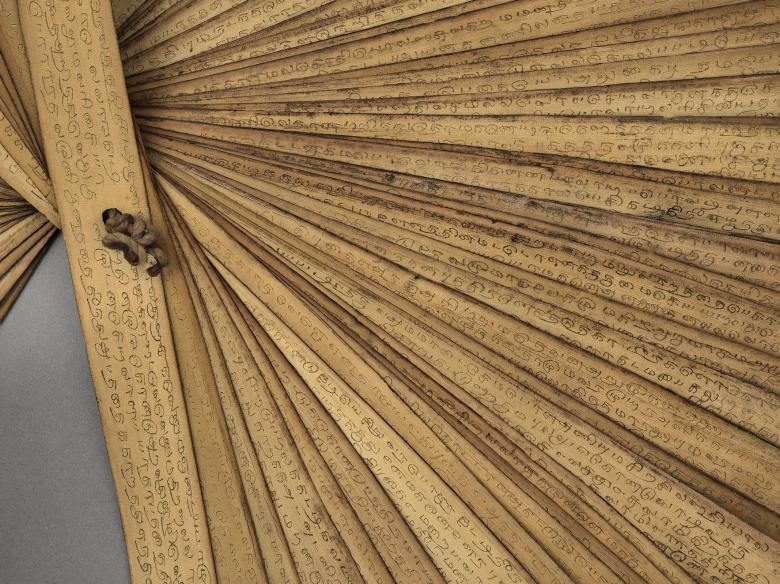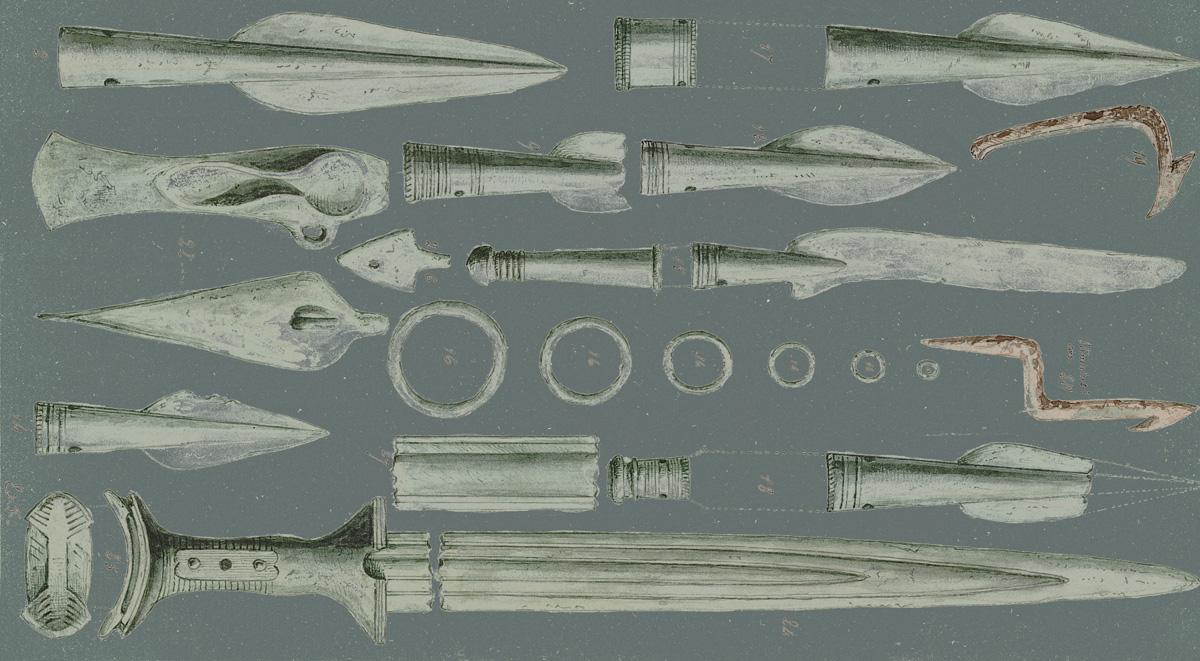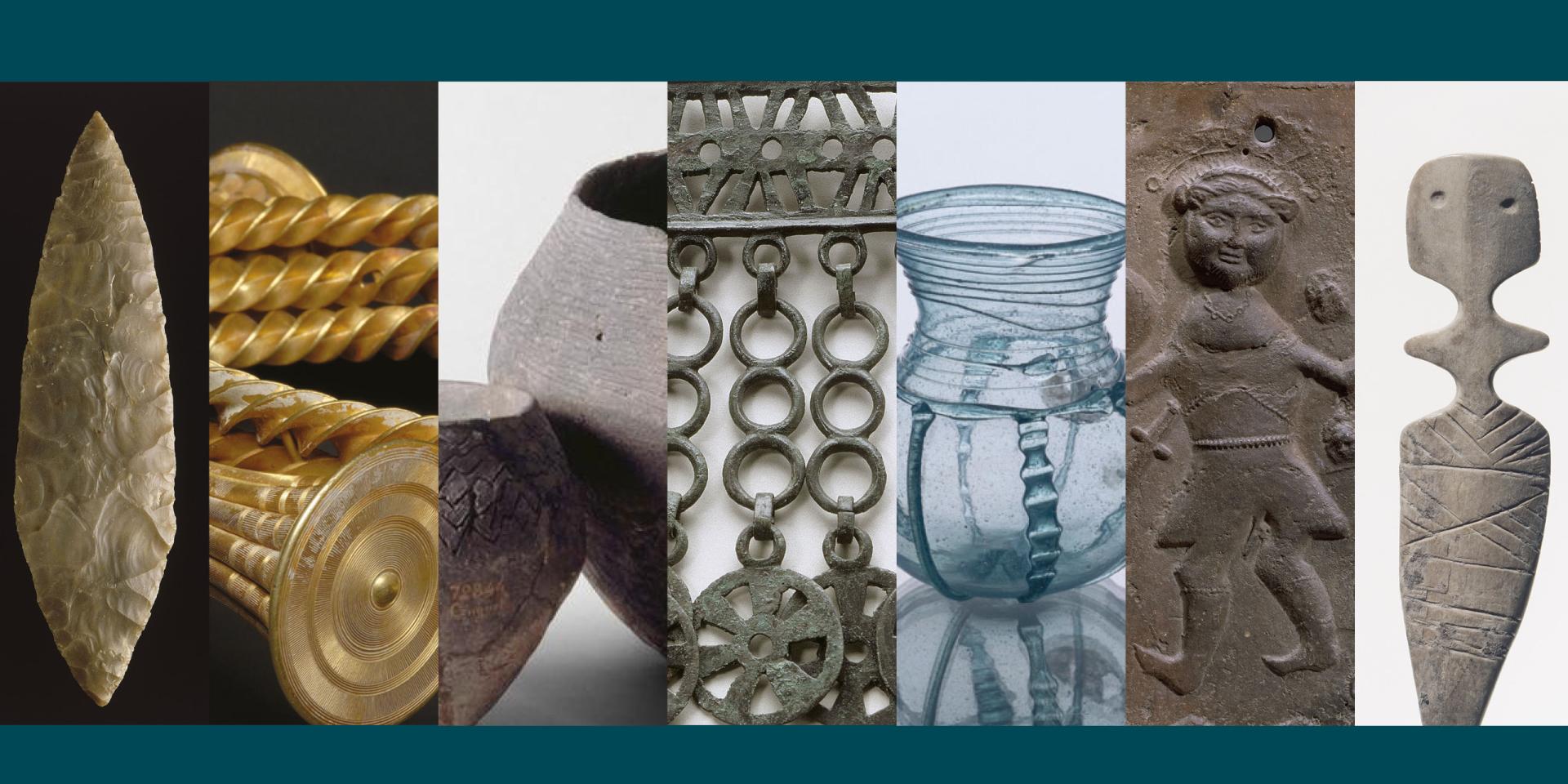
Collections
The museum exhibits around 30,000 archaeological objects, making it one of the largest collections in Europe.
These objects bear witness to human activities from the origins of prehistory (Palaeolithic) to the Carolingian era.
The museum holds more than two million objects in its reserves...
Comparative archaeology
The Comparative Archaeology room presents archaeological or ethnographic objects of foreign origin, from the Palaeolithic to the early Middle Ages, offering a panorama of archaeological cultures from around the world.
See moreOther collections
Comparative archaeology
The Comparative Archaeology room presents archaeological or ethnographic objects of foreign origin, from the Palaeolithic to the early Middle Ages, offering a panorama of archaeological cultures from around the world.
Most of the collections entered the museum before the First World War. They are composed of archaeological or ethnographic objects of foreign origin in order to offer the visitor a panorama of archaeological cultures from all over the world and to put the material cultures of the French territory into context.
Along the length of the room, we have chosen to evoke the passage of time (from the Palaeolithic to the beginning of the Middle Ages) and the succession of technical inventions: stone cutting, terracotta work, metallurgy.
Across the width of the room, the geographical zones (Africa, Asia, Near East, Europe, America) are presented opposite each other. This layout highlights the similarities or differences in the evolution of cultures in different regions of the world.
The comparative archaeology room was designed at the beginning of the 20th century by Henri Hubert and Marcel Mauss, who wanted to illustrate the "ethnographic history of Europe and humanity" based on the study of the "total social fact" from the origins of man until the very beginning of the Middle Ages.
Article co-authored by Marcel Mauss and Henri Hubert: "The Outline of a Theory of Magic".
